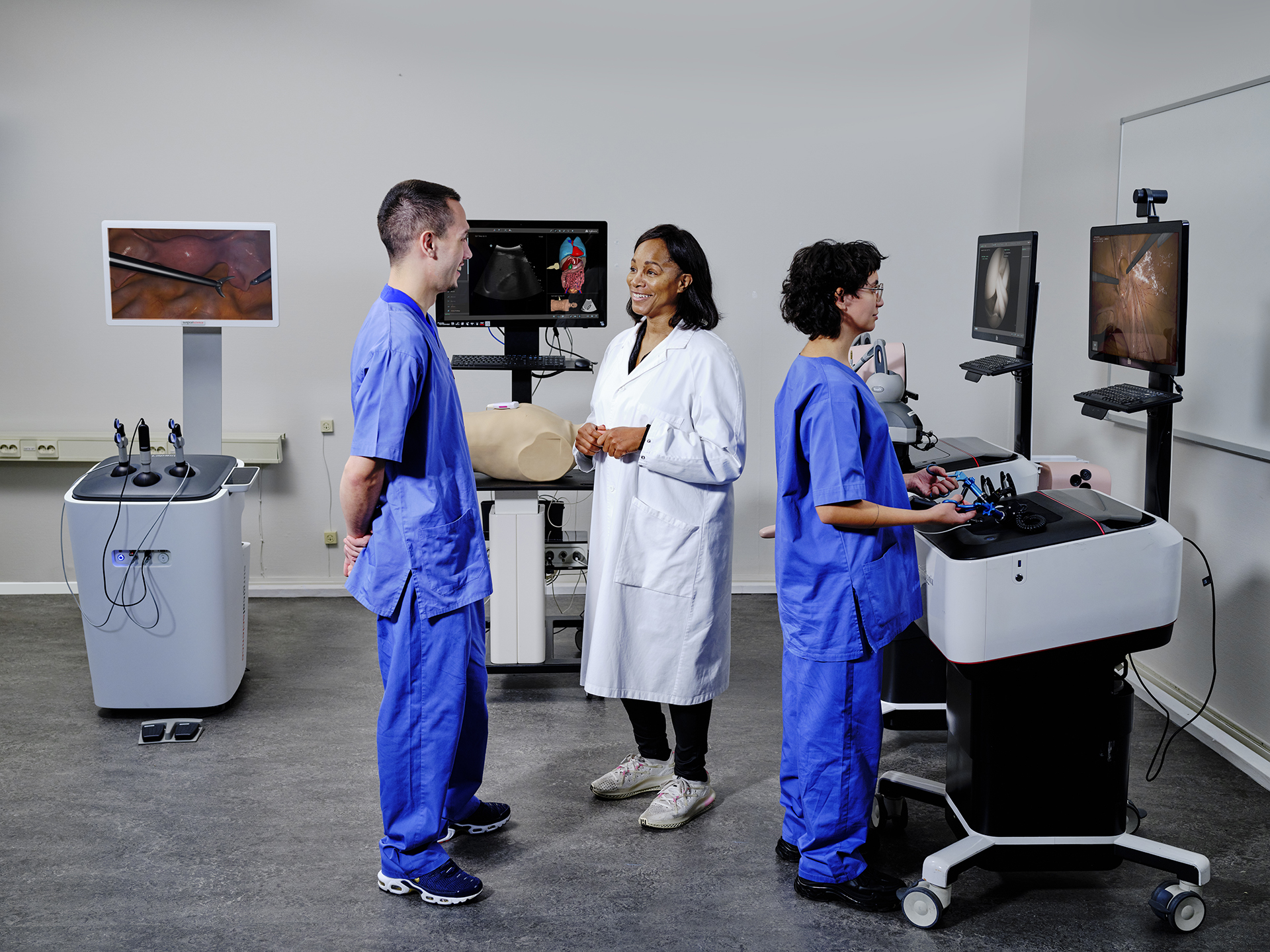Arthroscopic Training Simulator
The Arthro Mentor™ is a state-of-the-art arthroscopic training simulator designed to enhance surgical skills acquisition in a time-efficient manner. This advanced system significantly improves the learning curve for mastering complex surgery techniques. The simulator offers a range of simulated procedures, incorporating fiberglass/polyurethane anatomical models (shoulder, knee, and hip) with 3D images and haptic feedback, enabling users to learn key aspects of each procedure. Trainees use realistic surgical tools, including the arthroscopic camera, to gain valuable hands-on experience that closely mirrors real-life surgery.
The Arthro Mentor™ stands as the pioneer in arthroscopy training simulators worldwide, boasting the most comprehensive training experience. Key features include basic skills training, full procedures, and diagnostics for hands-on knee, shoulder, and hip training. Suitable for a range of users, from PGY1 residents developing foundational skills to advanced users perfecting complex Labral repair procedures. The Arthro Mentor™ delivers a realistic and accurate simulation of tissues, organs, instruments, and optics, ensuring a high-quality learning experience for all trainees.
The Arthro Mentor™ provides numerous advantages for its users, ensuring an optimal learning experience:
Book
A Virtual Demo
The Arthro Mentor™ modules are designed to provide comprehensive training for aspiring surgeons. Our extensive library of cases includes a step-by-step sequence of tasks aimed at developing essential navigation skills and eye-hand coordination using the arthroscopic camera and virtual instruments. The training modules are arranged in increasing difficulty levels and cover healthy anatomies as well as various pathologies:
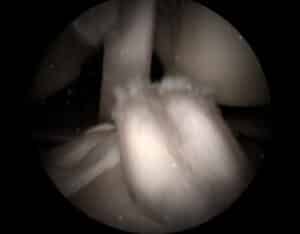
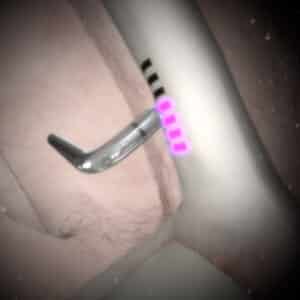
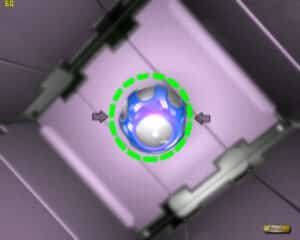
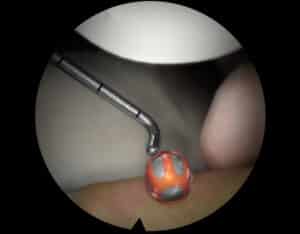
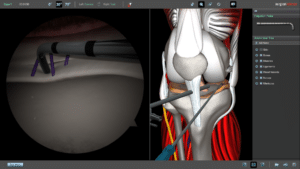
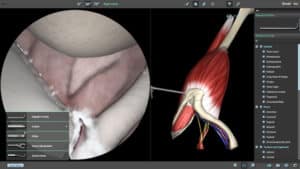
Lakhani, S., Selim, O. A., & Saeed, M. Z. (2021). Arthroscopic simulation: the future of surgical training: a systematic review. JBJS reviews, 9(3), e20.
Bartlett JD, Lawrence JE, Yan M, Guevel B, Stewart ME, Audenaert E, et al. The learning curves of a validated virtual reality hip arthroscopy simulator. Arch Orthop Trauma Surg. 2020;140:761-7.
Palet, M. J., Antúnez-Riveros, M., & Barahona, M. (2021). Construct validity of a virtual reality simulator for surgical training in knee arthroscopy. Cureus, 13(5).
Arevalo, A., Keller, R., Szukics, P., Olsen, C., Arevalo, I., Yagnik, G., & Salvo, J. (2023). Variation in Reported Learning Outcomes and Measurement Instruments in Hip Arthroscopy Simulation Training: A Systematic Review. Arthroscopy: The Journal of Arthroscopic & Related Surgery.
Abdulaziz, A., Goel, D., & Lohre, R. (2023, April). Virtual Reality for Shoulder Arthroplasty Education. In Seminars in Arthroplasty: JSES. WB Saunders.
Jacobsen, M. E., Gustafsson, A., Jørgensen, P. G., Park, Y. S., & Konge, L. (2021). Practicing procedural skills is more effective than basic psychomotor training in knee arthroscopy: a randomized study. Orthopaedic Journal of Sports Medicine, 9(2), 2325967120985129.

At Phantasim, we offer an aftercare package to ensure our friendly support team can offer assistance should you incur an issue with your simulator or modules. Phantasim are based in Western Australia, however your aftercare package allows us to remotely access your simulator via satellite and resolve any issues remotely. Should your simulator require hands-on assessment, our support team will visit your facility anywhere within Australia or New Zealand to appraise your simulator and provide a solution.

Whether you’re in Australia or New Zealand, our team at Phantasim are your surgical simulation partners. Our dedicated team handle distribution, maintenance, and ongoing aftercare for simulation units and modules.
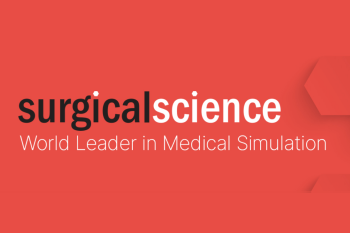
Phantasim are proudly partnered with Surgical Science, who manufacture the simulation units which support the education and growth of medical professionals across the globe.
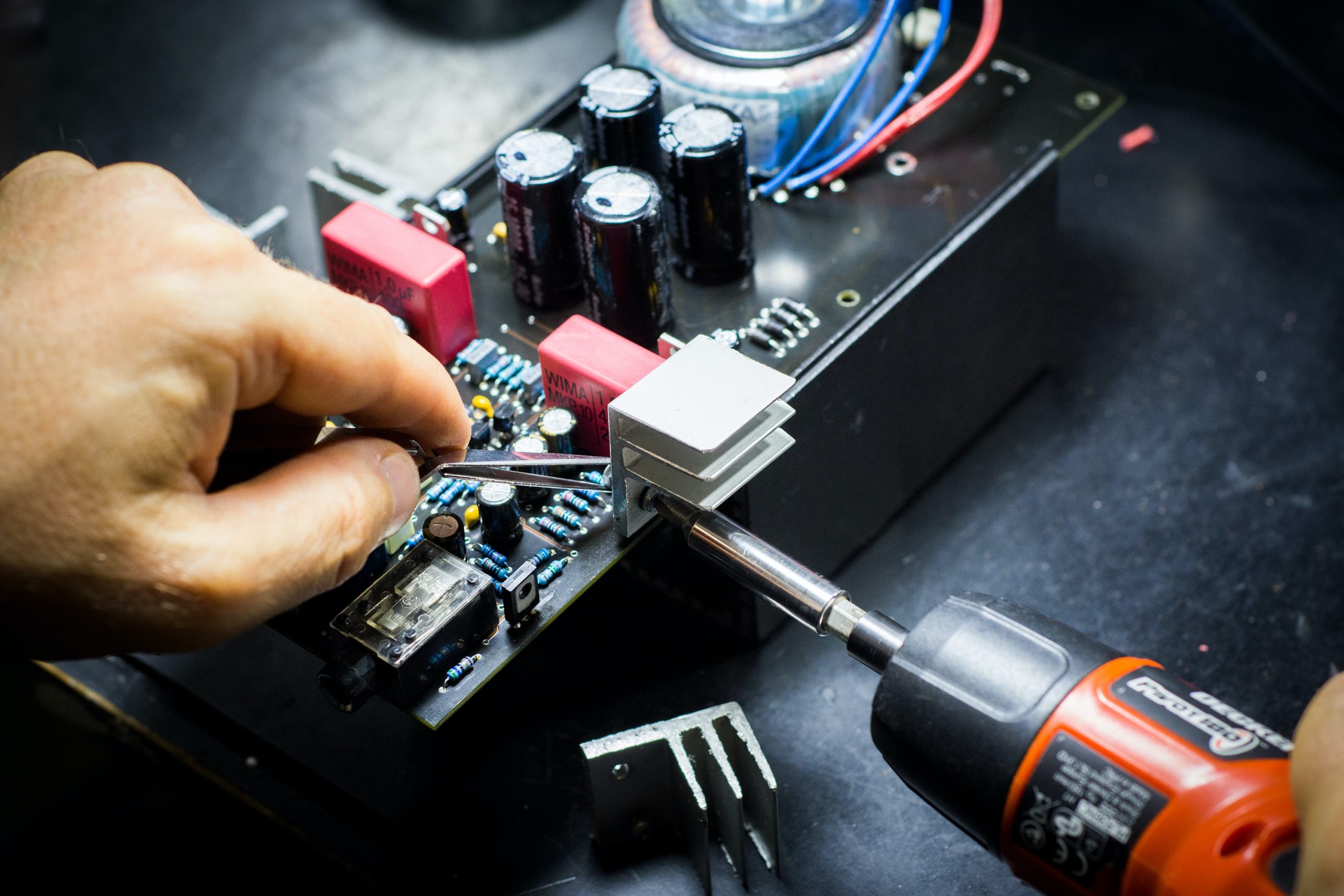
Our aftercare team at Phantasim are just a phone call away. Once you’ve received your simulator, we will visit your facility for installation and analysis as well as provide ongoing aftercare and support.

Each simulator has remote access capabilities, allowing our team to assess any issues or irregular activities from any location. Alternatively, our support team can visit your facility as part of your aftercare package.
Barry T. Katzen, M.D., FACR, FACC, FSIR
Director
Cardiovascular Center and department of Internal Medicine, Sankt Katharinen, Frankfurt Germany
“
We have been very interested in improving patient care through learning and essentially rehearsing the procedures before we treat the patients.
Horst Sievert MD PhD
Director
Cardiovascular Center and department of Internal Medicine, Sankt Katharinen, Frankfurt Germany
“
Simulators will have a place in the future to plan a procedure.
Prof. Michael Glikson
Director of Electrophysiology and Pacing
Sheba Medical Center, Israel
“
I remember my days as a new intern….the first cases I performed were very difficult and it was a scary experience, since it takes between 10-20 procedures until you really feel that you are proficient.
Dr Thomas Bossmar, MD, PhD
Consultant at the Women's Clinic and Practicum
SuS in Lund
“
I want to emphatically state that simulated laparoscopic training with LapSim should be a cornerstone of surgeon training and absolutely contributes to patient safety.
Clinical simulation training allows students in the medical field to practice their skills in an authentic, safe, simulation environment. Simulation-based training provides a great opportunity for students to increase their knowledge in both technical and non-technical procedures, with built-in software providing feedback and guidance along the way. Students can practice, learn, and increase their surgical skills with peace of mind knowing they’re safely practicing without risking the life of a live patient.
Absolutely. Simulation training allows medical professionals to practice their skills via virtual reality without risking the safety of a live patient. They also have the benefit of reducing the demand on supervision time which leads to more skilled and confident medical professionals. Whilst using the simulator, real time guidance and feedback is provided with the software so any mistakes made are recognised instantly.
Universities throughout Australia and New Zealand would greatly benefit from investing in a surgical simulator for their students studying in the medical industry. This advanced tool allows students to gain the knowledge and skills necessary to move into their preferred field with both confidence and competence.
A human patient simulator typically ranges in price from $10,000 to $100,000 depending on the type, brand, features, and included support services.
